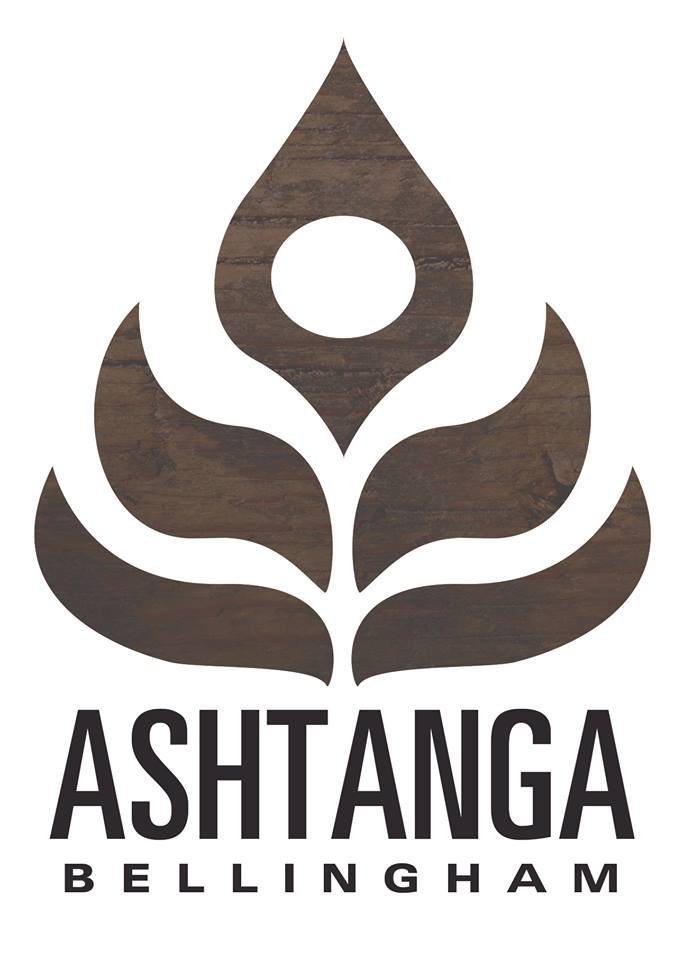Current Class Schedule
Traditional Mysore Ashtanga w/ Sarah (beginners welcome): Thursdays 7am-8am. $10
Led Primary Series: TBA. $25
In Depth Studies/Yoga Teacher Training: Courses begin September 2024 (click here to inquire)
Payment can be made on site via cash, Venmo, or credit card. Monthly Unlimited and Multiple Class Packages available in person.
Low Income and struggling student tuition assistance available on case by case basis; requests are taken in person.
All new students must sign the liability waiver below.
CLASS DESCRIPTIONS
Mysore | All Levels welcome: Practice done individually in a group setting with or without an instructor.
Intro to Ashtanga | Level 1-2: Basic standing and seated postures taught in traditional Vinyasa method.
Led Vinyasa | Level 2: Flowing sequences of postures taught in an adapted way.
Led 1/2 Primary | Level 2-3: The Primary Series of Ashtanga Yoga with some postures left out.
Led Primary | Level 3-4: The full Primary Series of Ashtanga Yoga.
Led Second Series | Level 4-5: The full Second Series of Ashtanga Yoga.
YOGA ABILITY LEVELS
Level 1- All levels
Level 2-Some experience is helpful. Physically demanding. Stamina required.
Level 3-Experienced ashtanga yoga practitioners with excellent stamina and physical ability.
Level 4-Advanced practitioners with ability to progress beyond the primary series
Level 5-Advanced practitioners and teachers with abilities up through the majority of the second series
DIFFICULTY LEVELS IN DEPTH EXPLANATION
Note: This is a basic overview and generalization of asana difficulty. No one other than yourself can decide how far to push your body. Some postures are taken very simply without much effort by some, and others are taken with great difficulty. There is so much variation. Please consult your doctor when it comes to how much yoga you can take.
Level 0: This is a class without much physical exertion, typically asana classes at this level are for people with disabilities such as being bound to a wheelchair or reliant upon a walker. Level 0 classes typically involve breathing, discussion (conference) on yamas, niyamas, and philosphy, as well as discussions of yoga sequencing specific for an individual. On the Borg Scale of Perceived Exertion this class is a 11-12 or “fairly light”.
Adho Mukha Svanasana (Downward Facing Dog) is in Surya Namaskara and would be considered a Level 1 or 2 posture depending on application in this scale.
Uthitta Hasta Padangustasana is part of the standing sequence of Ashtanga Yoga and would be considered a Level 2 posture in this scale.
Level 1: This is a class for beginners. These classes will involve basic classical as well as adapted postures of the primary and intermediate series of Ashtanga Yoga and common asana taught in the Krishnamacharya lineage as well as in sacred texts such as the Siva Samhita and Hatha Yoga Pradipika. Level 1 classes are typically more educational and informative, with plenty of time to transition between postures. On the Borg Scale of Perceived Exertion this class is a 13-14 or “somewhat hard”.
Bakasana is a posture done in a sequence in the primary series and the second series. It would be considered a Level 3 posture in this scale.
Level 2: This is a class for students with a developing practice. Typically level 2 classes will involve quick transitions and as much as one full hour of continuous motion. Classes with a level 1-2 designation offer students a choice to take things to the higher or lower level by individually selecting when and how to push your limits. Level 2 postures include all standing postures of Ashtanga Yoga and Surya Namaskara A&B done without props. Level 2 can best be defined as “progressing towards intermediate”, while Level 1-2 could be defined as a class designed for those either transitioning from Level 1 to Level 2 or who can attend the class as a beginner who has the ability to exercise constraint. On the Borg Scale of Perceived Exertion this class is a 14-15 or “hard”.
Level 3: This is a class for intermediate students. Level 3 is exemplified by the Primary Series of Ashtanga Yoga, with up to 2 hours of challenging and continuous movement. Students without a developed practice should shy away from or attend with caution any class with a Level 3 designation. Classes labeled “level 2-3” are classes with advanced postures that students may avoid. On the Borg Scale of Perceived Exertion this class is a 14-15 or “very hard”.
Level 4: This is an advanced level class by most students standards. Level 4 is the first half of the second series. This is for students who have been practicing every day for over 5 years and who are in very good condition with minimal or no injuries. Any class marked Level 4 should be avoided entirely by beginners, and should be undertaken with great care by all.
Level 5: This is an advanced level class such as the 2nd or 3rd series of Ashtanga Yoga and is for advanced practitioners only. Students without a deep understanding of asana take great risk by attempting any posture that is categorized by Level 5. Practitioners who have level 5 asana in their regimen do so with great respect. In many traditions of Ashtanga Yoga no posture that would be considered “Level 5” is given by anyone other than an advanced level authorized or certified Ashtanga Yoga teacher, or their students.
Kapotasana is part of the first set of postures of the Intermediate/2nd series of Ashtanga Yoga, and would be considered a Level 4 posture in this scale.
WORKS CITED
https://www.hsph.harvard.edu/nutritionsource/borg-scale/
https://www.sharecare.com/health/yoga/what-different-levels-yoga-classes
